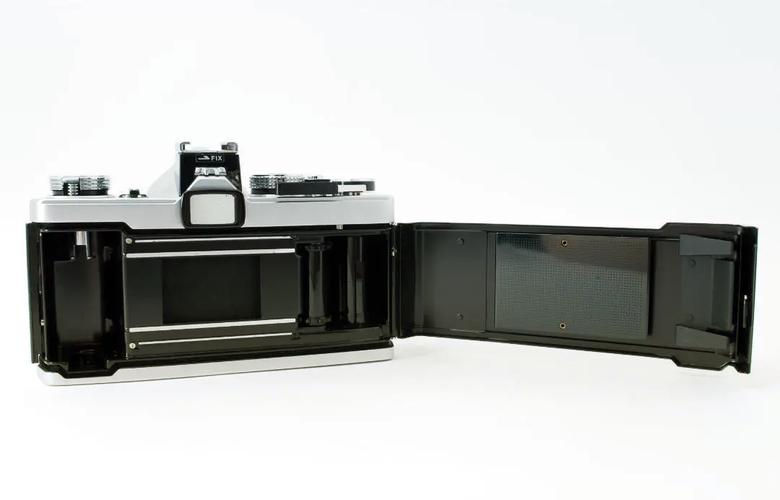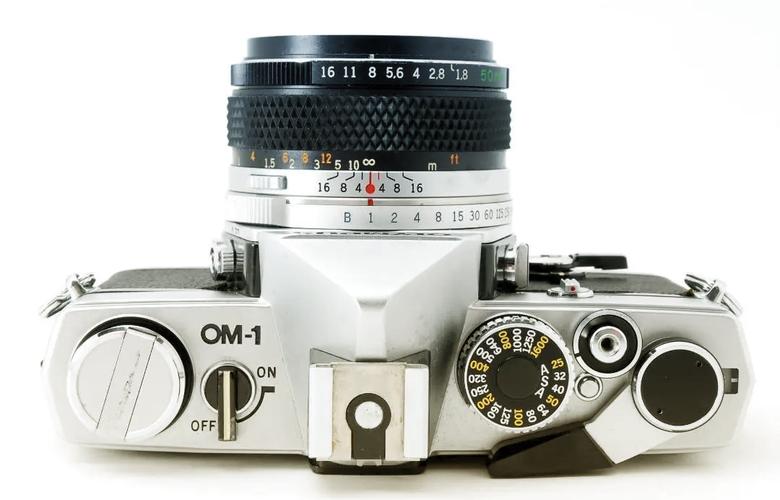Olympus OM-D Models: A Comprehensive Overview
When it comes to compact system cameras, the Olympus OM-D series stands out as a testament to innovation and performance. Designed for enthusiasts and professionals alike, these cameras have garnered a loyal following for their exceptional image quality, compact design, and advanced features. In this detailed guide, we will delve into the various models within the Olympus OM-D lineup, highlighting their unique features and capabilities.
History and Evolution
The Olympus OM-D series was introduced in 2012, and since then, it has seen several iterations, each bringing new advancements and improvements. The original OM-D E-M5 was a game-changer, offering a blend of DSLR-like performance and a compact, mirrorless design. Over the years, Olympus has expanded the series with additional models, such as the OM-D E-M10, E-M1, and E-M1 Mark II, catering to different user needs and preferences.

Design and Build Quality
One of the standout features of the Olympus OM-D series is its design. These cameras are known for their sleek, minimalist aesthetics and robust build quality. The bodies are typically made of magnesium alloy, providing durability and resistance to corrosion. The ergonomic design ensures a comfortable grip, and the weather-sealed construction makes them suitable for various shooting conditions.
Here’s a comparison of the build quality across different models:
| Model | Body Material | Weather Sealed |
|---|---|---|
| OM-D E-M5 | Magnesium alloy | Yes |
| OM-D E-M10 | Magnesium alloy | Yes |
| OM-D E-M1 | Magnesium alloy | Yes |
| OM-D E-M1 Mark II | Magnesium alloy | Yes |
Image Quality and Performance
Image quality is a crucial aspect of any camera, and the Olympus OM-D series delivers exceptional results. Each model features a Four Thirds sensor, which offers a balance between image quality and size. The cameras are known for their low noise performance, wide dynamic range, and excellent color rendition. Additionally, the TruePic VII image processor ensures fast and accurate image processing.
Here’s a comparison of the sensor specifications across different models:

| Model | Sensor Size | Effective Megapixels |
|---|---|---|
| OM-D E-M5 | Four Thirds | 16.1 MP |
| OM-D E-M10 | Four Thirds | 16.1 MP |
| OM-D E-M1 | Four Thirds | 20.4 MP |
| OM-D E-M1 Mark II | Four Thirds | 20.4 MP |
Features and Capabilities
The Olympus OM-D series is packed with advanced features that cater to both beginners and experienced photographers. Here are some of the key features across the lineup:
- 5-Axis Image Stabilization: This feature helps reduce camera shake, resulting in sharper images and videos.
- Electronic Viewfinder (EVF): The EVF provides a clear, high-resolution view of the scene, making it easier to compose shots.
- Art Filters: Olympus offers a variety of creative effects that can be applied to images in real-time.
- 4K Video Recording: The cameras can record 4K video at 30fps, providing high-quality footage for both



